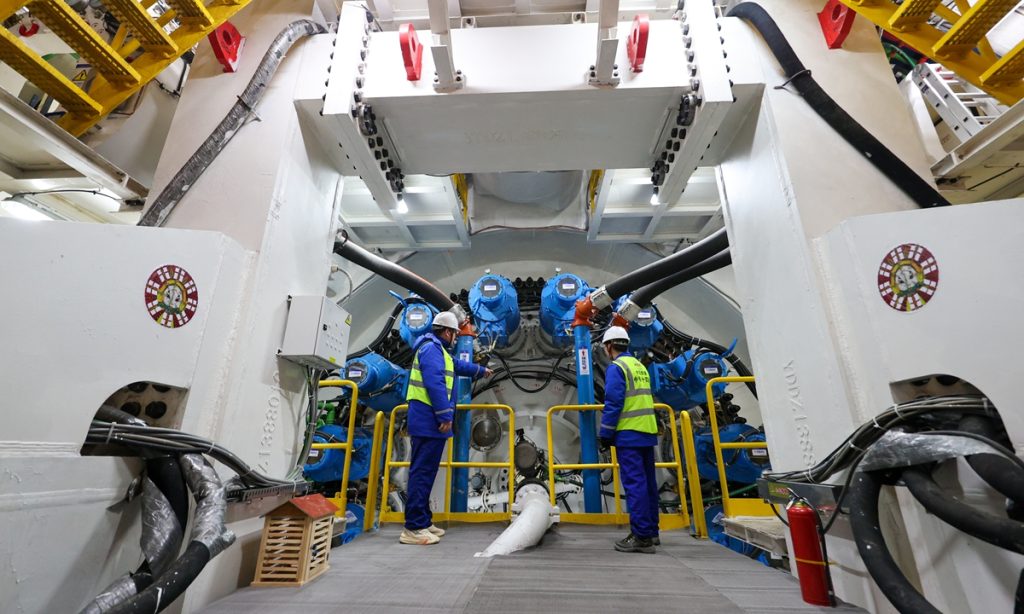China unveils conceptual plan for its first near-Earth asteroid defense mission

China on Thursday unveiled a conceptual plan outlining its first mission to defend against a near-Earth asteroid, and called for multi-level and comprehensive international cooperation regarding asteroid defense, showcasing its commitment as a responsible space power in addressing threats posed by near-Earth asteroids to the safety of humanity.
The country's first near-Earth asteroid defense mission is expected to observe an asteroid closely before impacting it to alter its orbit around 2030, the Xinhua News Agency reported on Thursday.
The blueprint for the country's asteroid defense involves two spacecraft - an impactor and an observer - launched into space with one rocket, Xinhua quoted Tang Yuhua, deputy chief designer of Chang'e-7 Mission, as saying.
The observer will first move around the small asteroid to be targeted, for the purposes of detection, before guiding the impactor from afar to strike it. After the kinetic impact, the observer will further have an accompanying flight with the very asteroid that changes its orbit, according to Tang.
The plan was released by China's Deep Space Exploration Lab on the 2nd International Deep Space Exploration Conference (Tiandu Forum) held in Huangshan, East China's Anhui Province.
According to the CCTV report, there are over 35,000 near-Earth asteroids in the solar system. While the likelihood of highly destructive collision events is extremely low, their potential consequences can be significant if they occur.
The severity of an impact is directly related to the size of an asteroid. An asteroid the size of a soccer field could cause catastrophic consequences in a regional area on Earth, whereas an asteroid the size of a town could trigger a global disaster, leading to mass extinction of species, CCTV said.
As a responsible space power, China recognizes the significant threat posed by near-Earth asteroids to the safety of both the Earth and humanity, and is therefore planning its inaugural near-Earth asteroid defense mission, actively contributing Chinese wisdom and solutions to the global endeavor of asteroid defense, according to the report.
Tang also expressed earnest desire for multi-level and comprehensive collaboration with the international community in areas such as joint research and development, joint observation, and data sharing, in efforts to jointly safeguard shared future through concerted efforts in asteroid defense.







